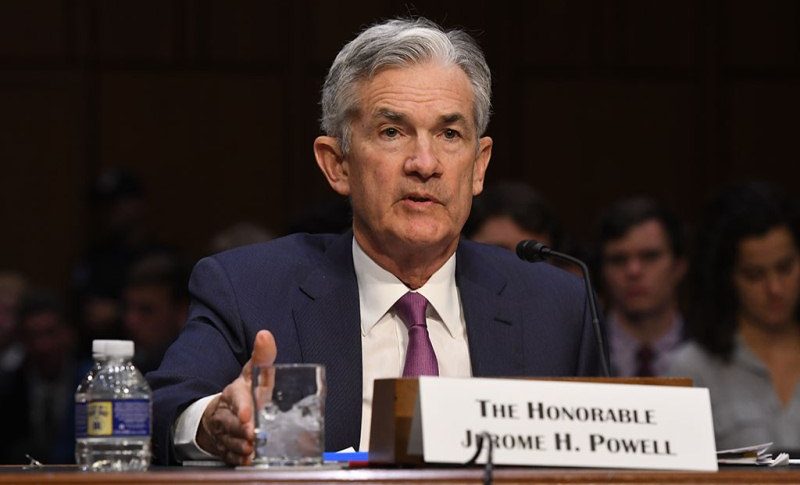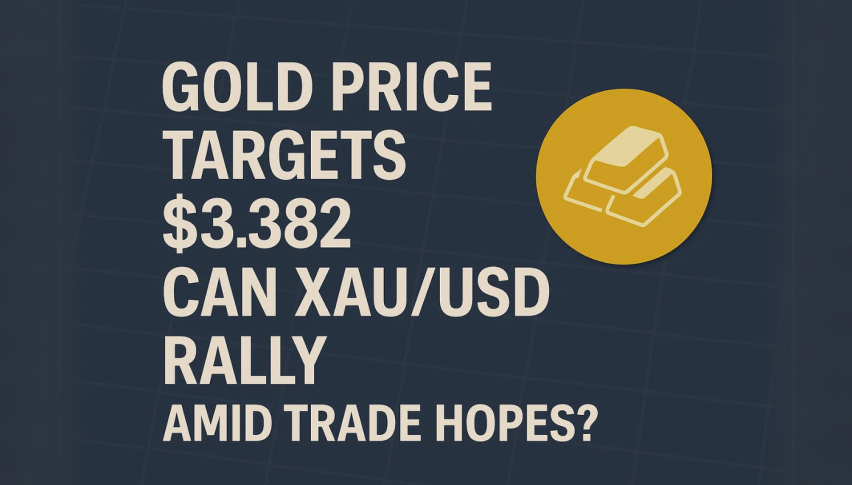Markets Expects More FED Rate Cuts in 2024
The USD ended 2022 on the back foot after a strong retreat in the last few months, and it continued to remain very weak in the first few...

The USD ended 2022 on the back foot after a strong retreat in the last few months, and it continued to remain very weak in the first few months of 2023, with expectations for the FED to stop raising interest rates and reverse the policy. However, the FED kept raising rates until the summer this year and the USD turned bullish eventually, but as inflation continues to slow, the FED has announced the policy shift next year and markets are expecting rate cuts to come soon.
Last week’s market focus was on the inflation numbers once again. In the Q3 GDP report released on Thursday, the reading on core PCE dipped to 2.0% from 2.3% in a surprising downward revision. The 2.0% figure is significant because it puts the Fed back on track and comes ahead of tomorrow’s PCE report.
The headline PCE was 2.6% year on year, down from a downwardly revised 2.9% in October and falling short of expert predictions of 2.8%. The headline PCE index MoM slowed to 0.1%, falling short of 0.2% expectations and falling from October’s flat reading. When energy and food are removed from the total PCE basket, core PCE YoY inflation also declined to 3.2%, down from 3.5% a month earlier and falling short of the 3.3% forecast.
The third GDP revisions are not really a factor for markets, but given the importance of inflation at this time, this report it was. In any case, the market is expecting around 160 bps in rate reduction during next year, twice as much as the 75 bps that the last Federal Reserve’s dot plot showed.
This has led to a bearish turnaround for the USD in recent months, which continued last week. This week the price action is likely to be quiet, with liquidity being thin. This would be a good thing for people who already own homes on mortgages, since it would lower mortgage payments. However, it will likely be negative for the housing sector, as lower mortgage rates should restrain the demand, with home purchasers not feeling in a hurry to purchase before rates increase further.
- Check out our free forex signals
- Follow the top economic events on FX Leaders economic calendar
- Trade better, discover more Forex Trading Strategies
- Open a FREE Trading Account



